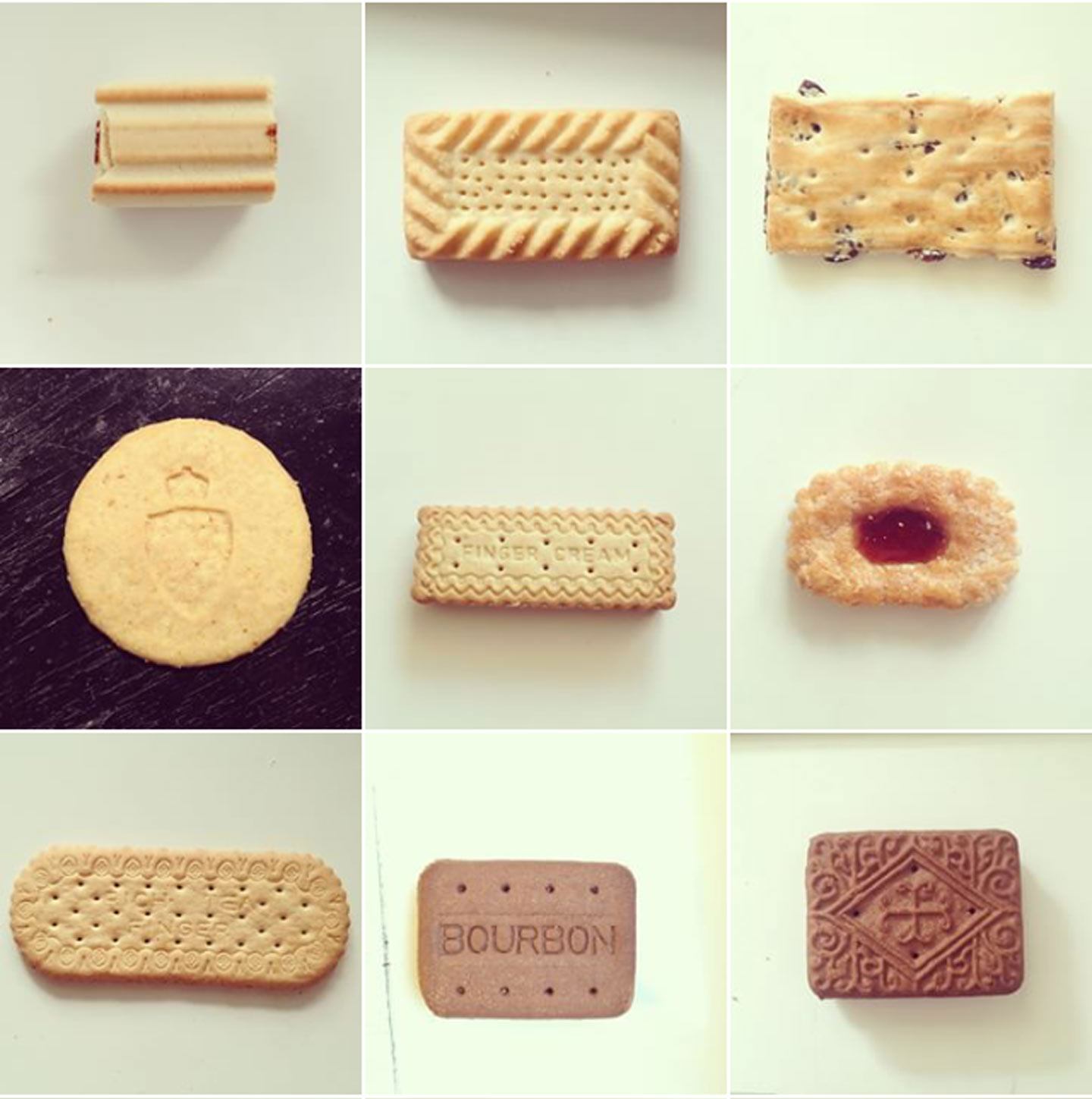There are approximately four million Georgian speakers worldwide, so I am quite happy to represent my community by designing the first Georgian Alphabettes header.
Despite the relatively small size of the Georgian-speaking population, the script has a rich calligraphic history with significant developments over the centuries. The evolution of the Georgian alphabet has produced three scripts: Asomtavruli (5th century), Nuskhuri (9th century), and Mkhedruli (10th century). Over time, letterforms have transformed and shifted between scripts, allowing all three to be preserved and used in some capacity today. However, Mkhedruli is the primary script in modern use, which is why I chose to design the header with it.
Continue reading
